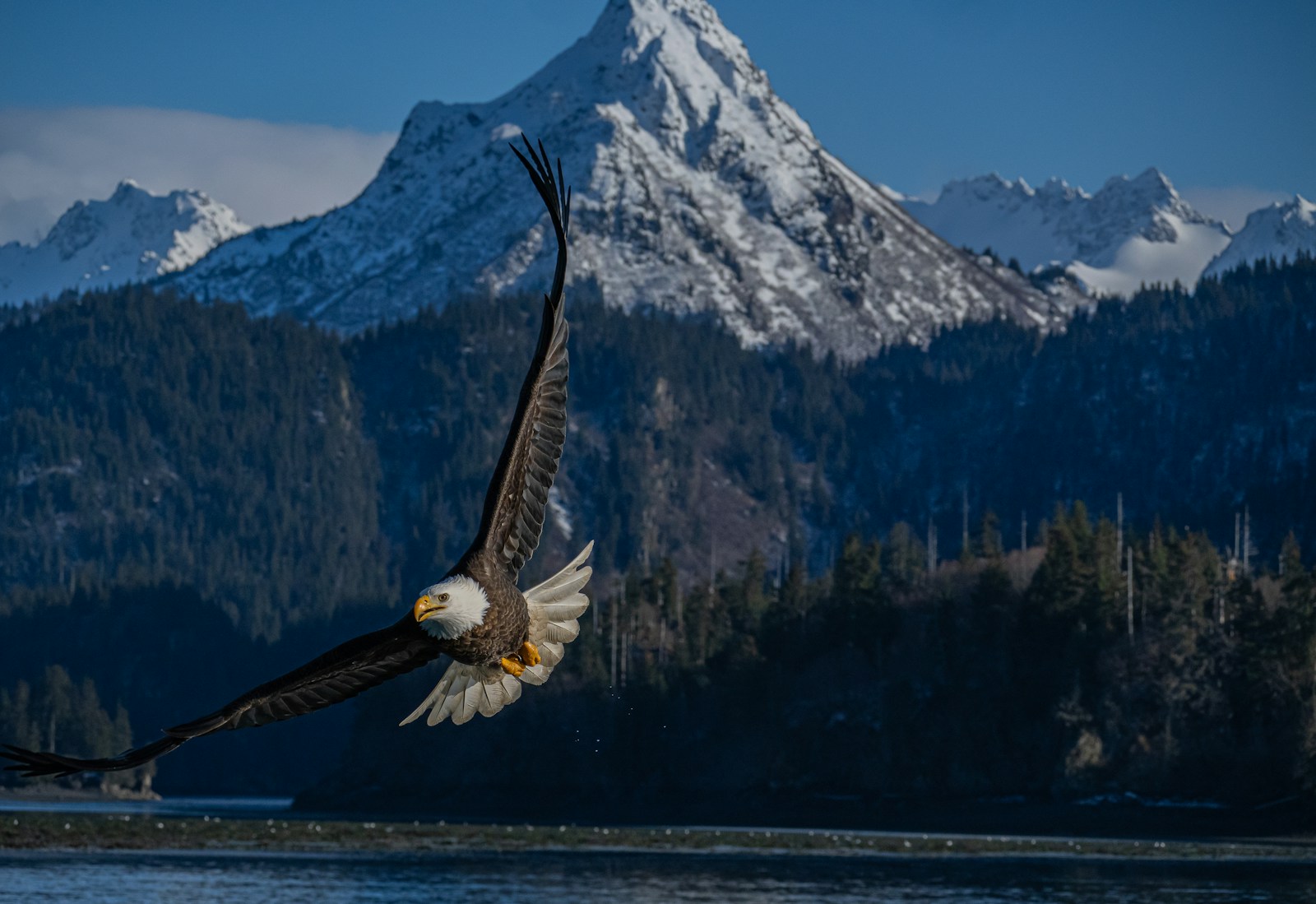The bald eagle, America’s national symbol, once faced near extinction in the lower 48 states. With fewer than 500 nesting pairs by the 1960s, these majestic birds stood on the precipice of being lost forever from much of their historical range. Their decline represented not just an ecological tragedy but a symbolic one for a nation that had chosen this magnificent raptor as its emblem of freedom and strength.
Yet today, with populations exceeding 300,000 individuals, the bald eagle’s recovery stands as one of the greatest conservation success stories in American history. This remarkable turnaround didn’t happen by chance—it required decades of dedicated scientific research, legislative protection, and public engagement. The journey from near-extinction to robust recovery offers valuable lessons about environmental stewardship and the profound impact of coordinated conservation efforts.
The Natural History of Bald Eagles
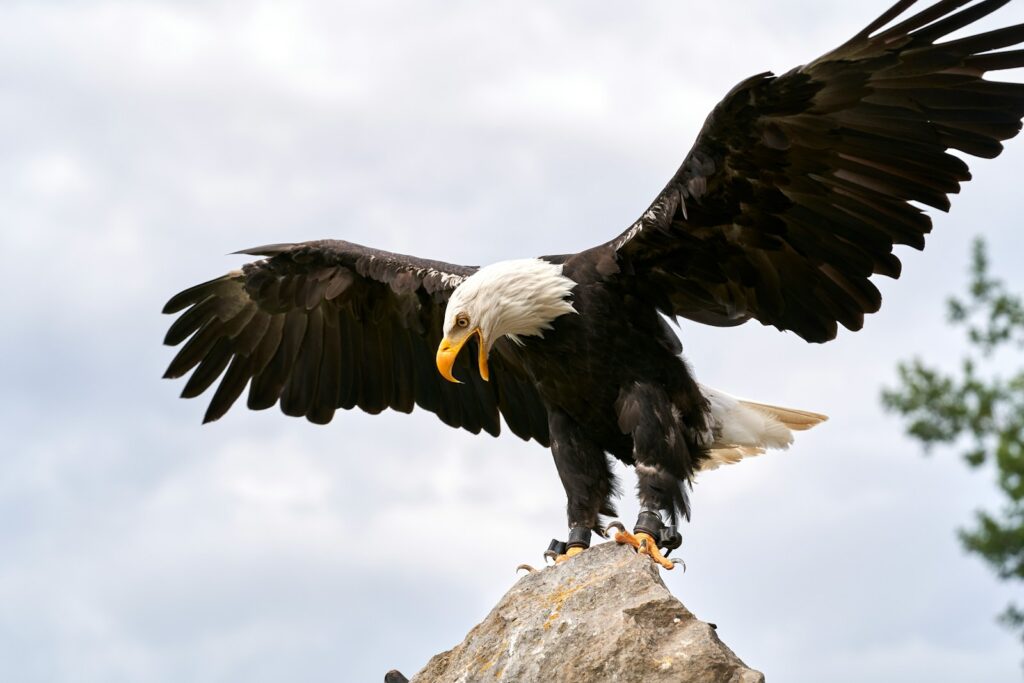
Bald eagles (Haliaeetus leucocephalus) are large birds of prey native to North America, with a range spanning from Alaska and Canada to northern Mexico. Despite their name, these birds aren’t actually bald—their white-feathered heads contrasted against chocolate-brown bodies create this distinctive appearance that doesn’t fully develop until they reach maturity at around five years of age.
With wingspans reaching up to 7.5 feet and weighing between 6.5 and 14 pounds, they rank among North America’s largest birds of prey. Primarily fish eaters, these opportunistic hunters also consume waterfowl, small mammals, and occasionally scavenge carrion, making them adaptable predators in various aquatic ecosystems throughout the continent.
Ecological and Cultural Significance
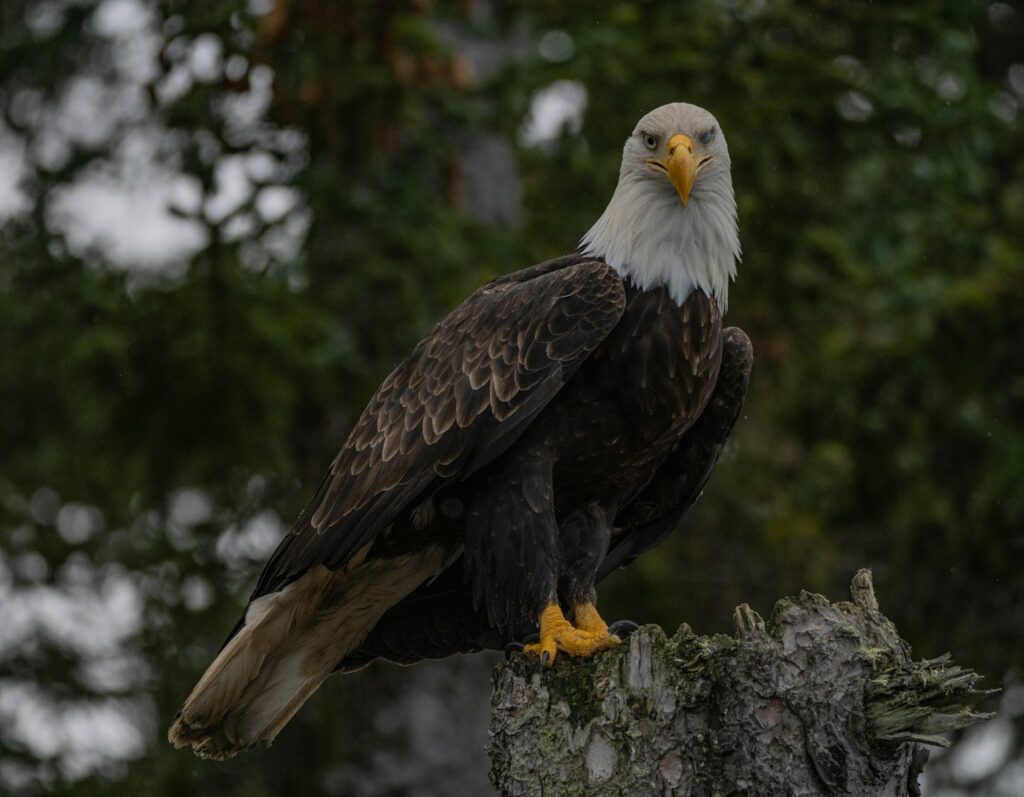
The bald eagle occupies a unique position in both American ecosystems and national identity. Ecologically, these apex predators help maintain healthy populations of fish and waterfowl, while their sensitivity to environmental toxins makes them important indicator species for ecosystem health. Culturally, the bald eagle was selected as the national emblem of the United States in 1782, representing freedom, strength, and the wild spirit of America.
For many Native American tribes, eagles hold profound spiritual significance, with eagle feathers considered sacred items used in important ceremonies and religious practices. This intersection of ecological importance and cultural symbolism made the eagle’s decline particularly alarming and its recovery especially meaningful to Americans across diverse backgrounds.
The Precipitous Decline
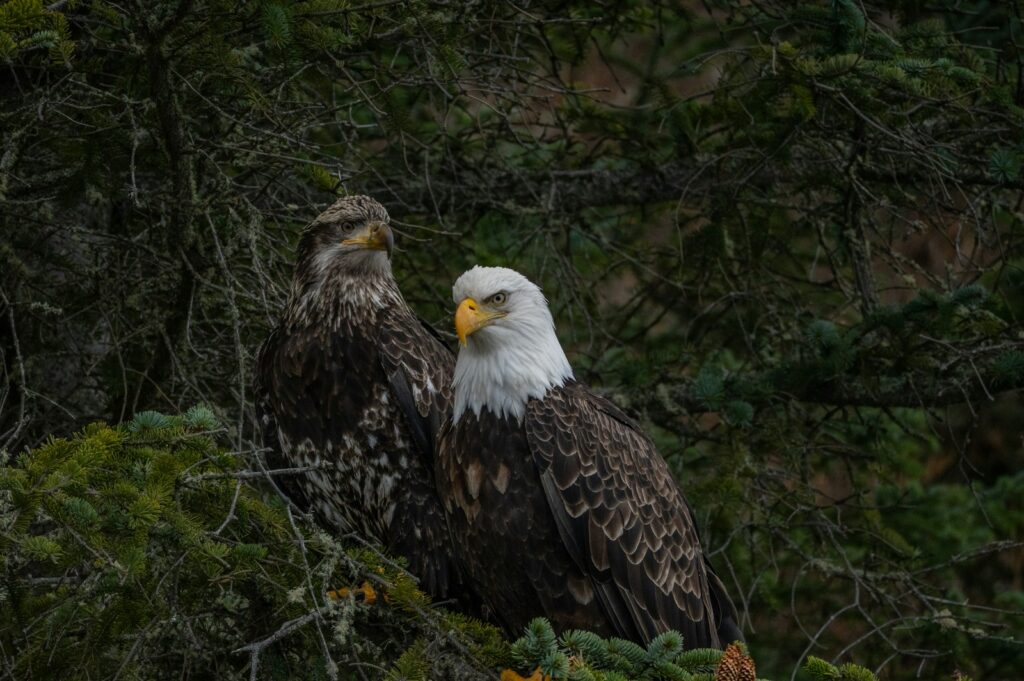
The bald eagle’s troubles began in earnest during the late 19th and early 20th centuries when settlers viewed them as competitors and threats to livestock and game animals. Widespread shooting and poisoning campaigns decimated populations throughout their range, with some states even offering bounties for killed eagles. Habitat destruction accelerated as America industrialized, with development eliminating crucial nesting sites and degrading water quality in their feeding grounds.
The situation worsened dramatically after World War II with the introduction of DDT, a powerful pesticide that accumulated in aquatic food chains and caused eagles to lay eggs with shells so thin they often broke before hatching. By 1963, a national count revealed only 487 nesting pairs remaining in the lower 48 states—a catastrophic decline from the estimated 100,000 nesting pairs that had existed before European colonization.
The DDT Crisis
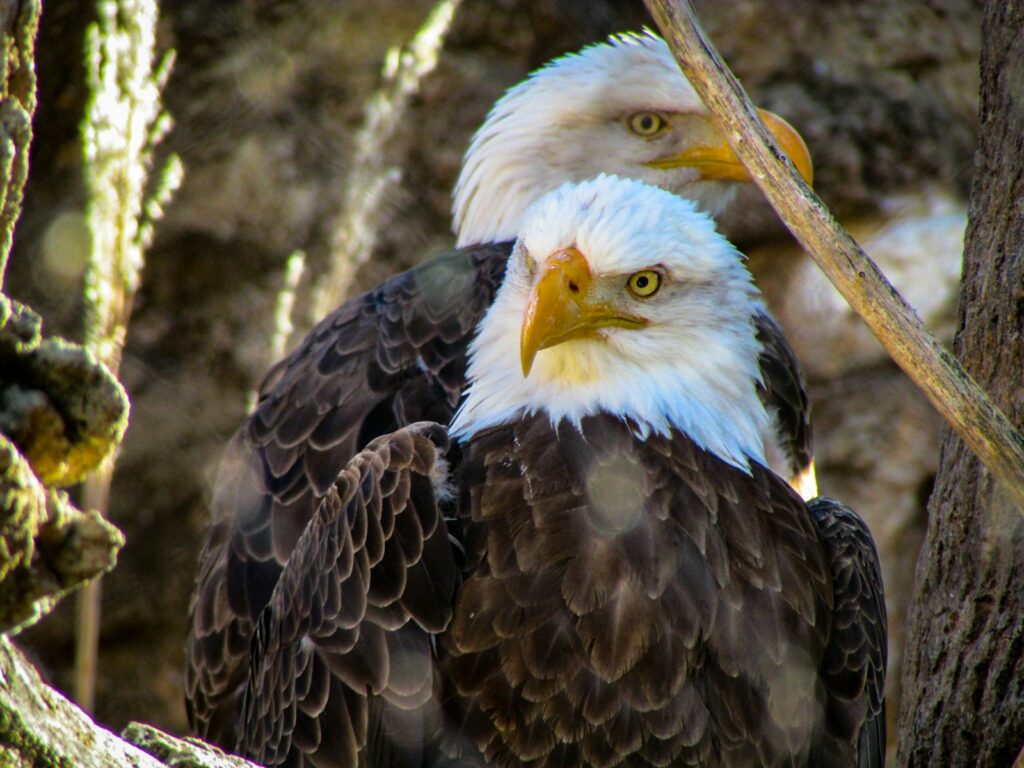
The connection between DDT and the eagles’ reproductive failure wasn’t immediately apparent, but groundbreaking research in the 1950s and 1960s began revealing the insidious effects of this widely used pesticide. When DDT entered waterways, it was absorbed by aquatic organisms and bioaccumulated up the food chain, becoming increasingly concentrated in top predators like eagles. The chemical interfered with calcium metabolism in female eagles, resulting in eggs with shells up to 50% thinner than normal—making successful reproduction virtually impossible in heavily contaminated areas.
The publication of Rachel Carson’s “Silent Spring” in 1962 brought national attention to this ecological crisis, documenting how DDT was decimating not just eagles but numerous bird species across North America. This scientific revelation transformed public understanding of how chemicals could impact wildlife and ultimately catalyzed crucial environmental protections.
Legal Protections: The Bald Eagle Protection Act
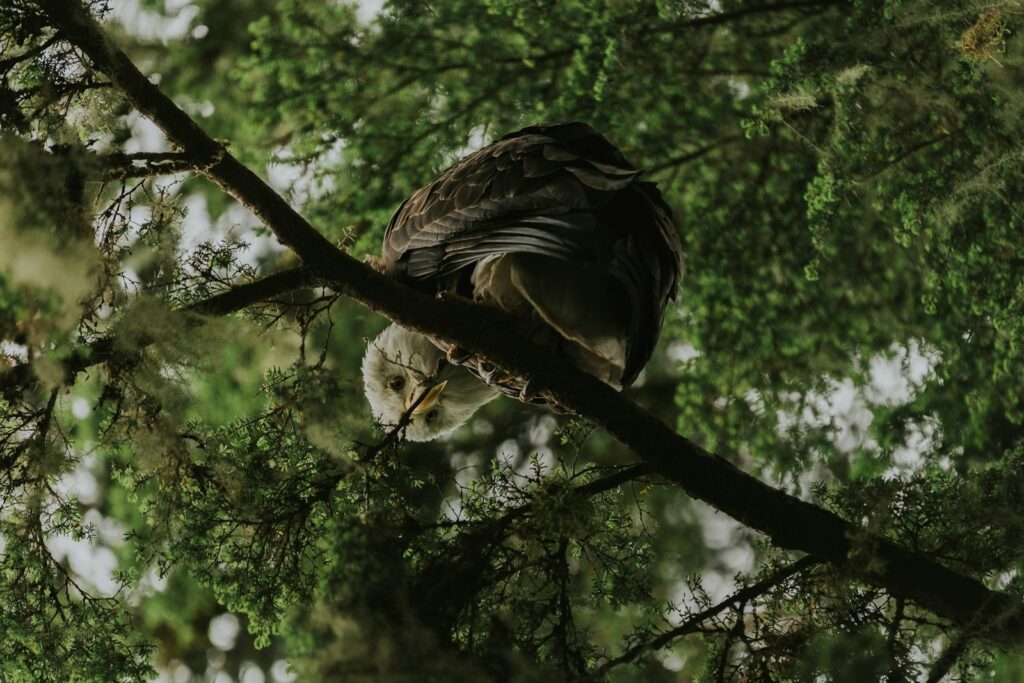
The first major legislative step to protect bald eagles came in 1940 with the Bald Eagle Protection Act (later amended to include golden eagles and renamed the Bald and Golden Eagle Protection Act). This landmark legislation made it illegal to kill, harass, possess, or sell bald eagles, their parts, nests, or eggs without special permits. Violations carried serious penalties including fines up to $250,000 and imprisonment for up to two years, creating meaningful deterrents against continued persecution.
The act represented an unprecedented federal commitment to protecting a single species and acknowledged the eagle’s special status in American heritage. Although the law couldn’t address the then-unknown threat of DDT, it eliminated legal hunting and established the foundation for future conservation measures that would eventually enable the species’ recovery.
The Endangered Species Act and Federal Protection
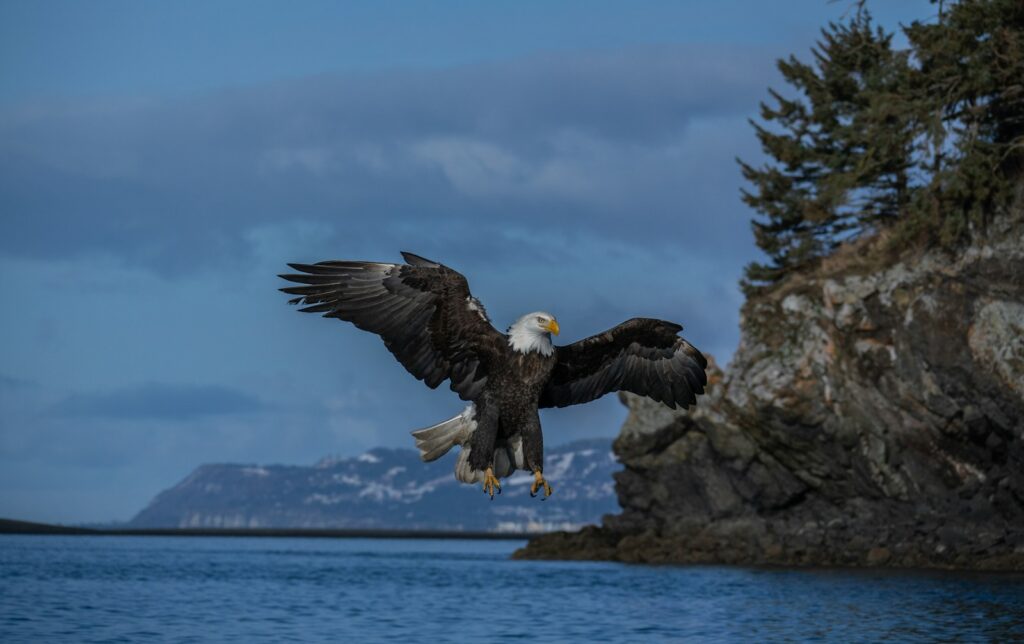
The bald eagle received its most comprehensive protection in 1973 when it was among the first species listed under the newly passed Endangered Species Act (ESA). This powerful legislation prohibited “taking” of endangered species, required federal agencies to conserve listed species, and mandated the development of recovery plans with specific goals and strategies. For bald eagles, this meant critical habitat protections, strict monitoring requirements, and dedicated funding for research and conservation initiatives.
The ESA listing effectively mobilized resources across multiple federal agencies, state wildlife departments, and conservation organizations to coordinate recovery actions. This whole-of-government approach created unprecedented protections for eagle habitat and established the comprehensive framework necessary for addressing the multiple threats facing this iconic species.
The Ban on DDT

Perhaps the single most consequential action in saving the bald eagle came in 1972 when the newly formed Environmental Protection Agency banned the use of DDT in the United States. This decision followed extensive scientific research documenting the pesticide’s devastating effects on wildlife and potential human health risks. As DDT residues gradually diminished in aquatic ecosystems, eagle reproduction rates slowly improved, with eggshells thickening to viable levels within a decade in many regions.
The ban demonstrated the critical importance of addressing root environmental causes rather than just treating symptoms of wildlife decline. This science-based policy decision not only benefited eagles but also helped recover populations of ospreys, peregrine falcons, brown pelicans, and numerous other bird species similarly affected by the pesticide, representing a watershed moment in American environmental protection.
Captive Breeding and Reintroduction Programs
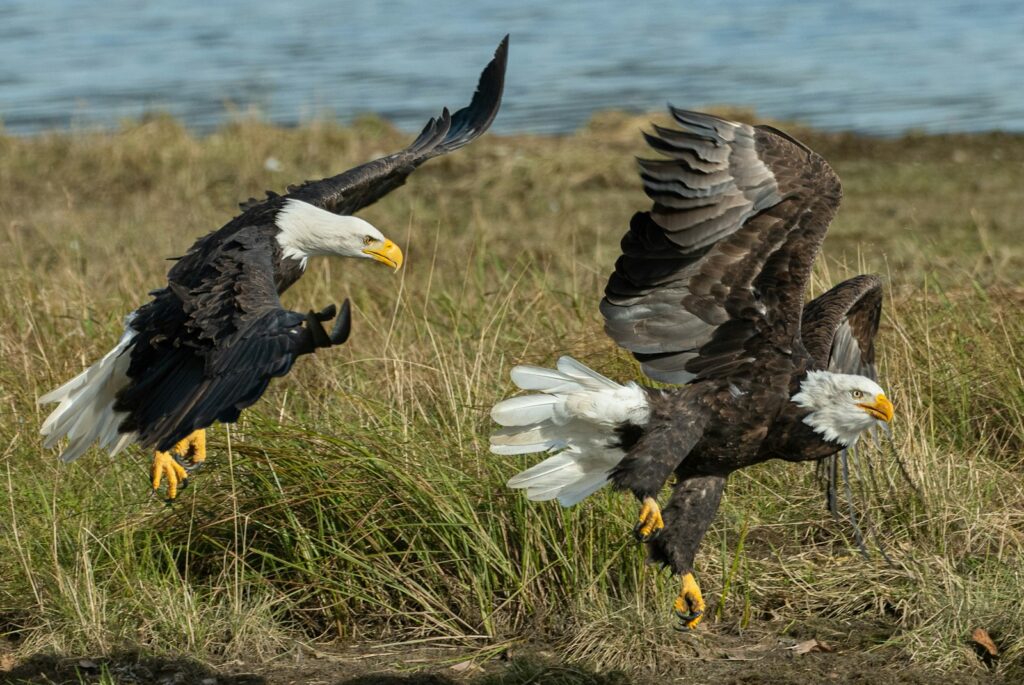
With natural reproduction severely compromised in many regions, conservationists turned to captive breeding and reintroduction programs to bolster struggling eagle populations. The Patuxent Wildlife Research Center in Maryland became a pioneering facility, developing techniques to artificially incubate eggs and raise eaglets that could later be released into suitable habitat. Innovative methods like “hacking”—placing young captive-bred eagles in artificial nests in the wild where they could acclimate before fledging—proved remarkably successful in establishing new breeding territories.
Between the 1970s and 1990s, more than 1,200 eagles were released through these programs across multiple states, creating new population centers in regions where eagles had been extirpated. These initiatives not only increased eagle numbers but also expanded their genetic diversity and accelerated their return to historical territories.
Habitat Protection and Restoration
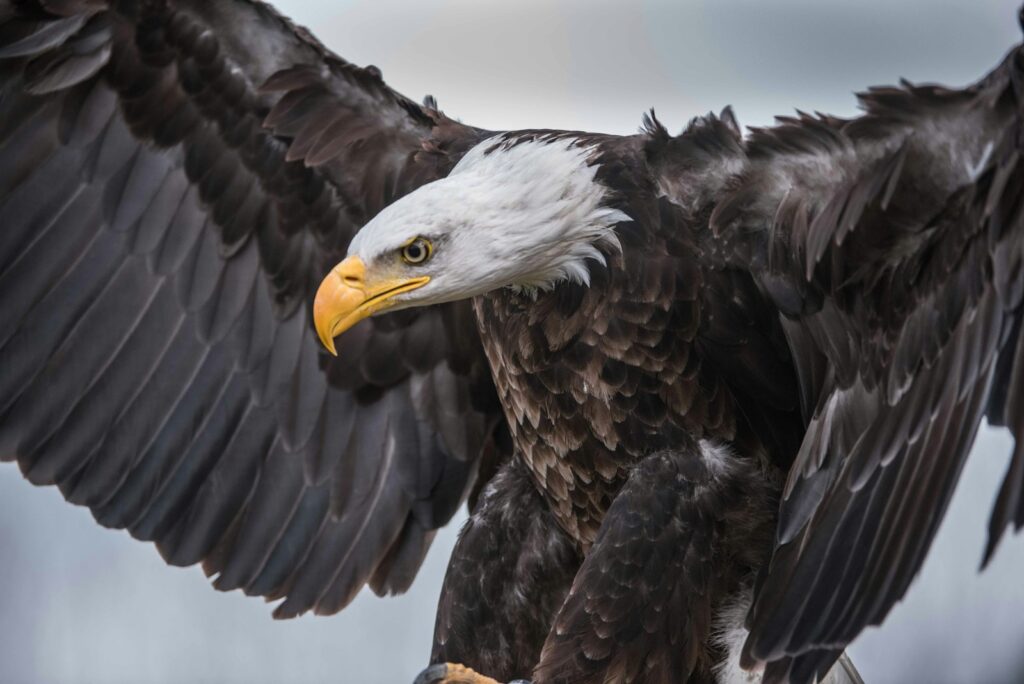
Recognizing that population recovery required suitable places for eagles to nest, feed, and raise young, conservation efforts prioritized habitat protection and restoration. The National Wildlife Refuge System expanded to include crucial eagle habitats, while the Endangered Species Act helped prevent destruction of nesting sites on both public and private lands. Waterway cleanup initiatives improved water quality and fish populations, providing eagles with healthier food sources across their range.
Conservation easements with private landowners protected thousands of acres of riparian habitat and mature forests containing the large trees eagles need for nesting. The Clean Water Act’s protections for wetlands and waterways further enhanced habitat quality by reducing pollution and preserving the ecological integrity of the aquatic ecosystems upon which eagles depend.
Public Education and Citizen Science
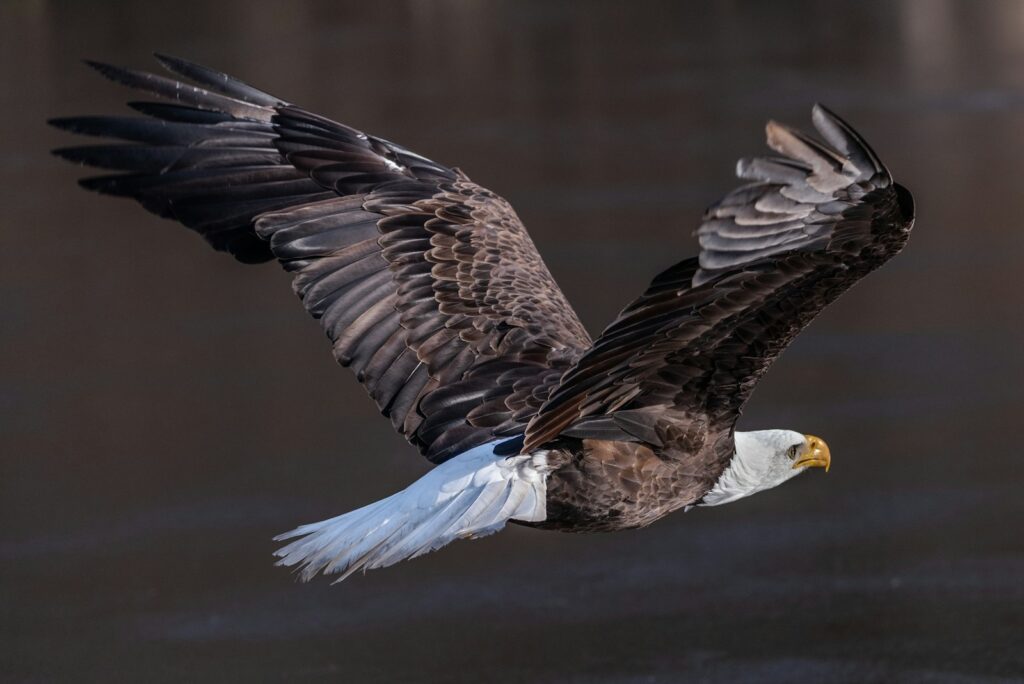
The recovery effort benefited enormously from growing public awareness and participation, as Americans increasingly embraced wildlife conservation as a national priority. Educational programs in schools, wildlife centers, and through media helped transform public perception of eagles from pests to treasured wildlife. The establishment of eagle cams—live streaming video of active nests—allowed millions of people to observe eagle family life firsthand, creating emotional connections and building political support for continued conservation funding.
Citizen science initiatives like the Midwinter Bald Eagle Survey enlisted thousands of volunteers who collected valuable population data while becoming personally invested in eagle recovery. This public engagement created a constituency of eagle advocates who supported conservation measures and reported potential threats, demonstrating how effective wildlife recovery requires both scientific expertise and broad social participation.
Recovery Milestones and Delisting
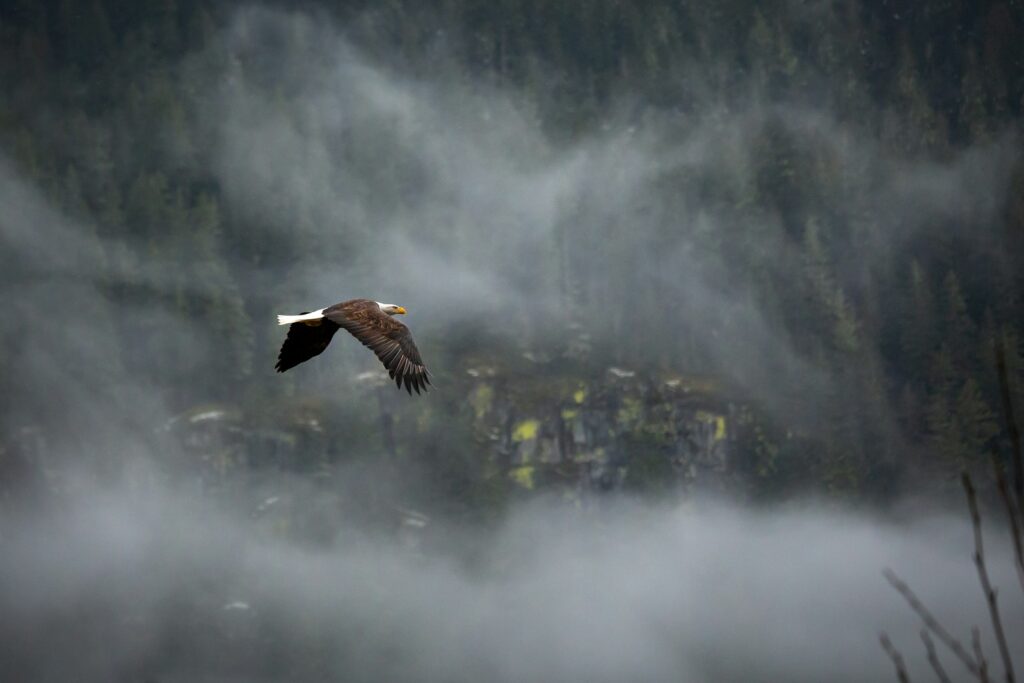
The results of these comprehensive conservation efforts became increasingly evident as eagle numbers steadily climbed from decade to decade. By 1995, the species was downlisted from endangered to threatened status throughout the lower 48 states, recognizing the substantial progress toward recovery. The bald eagle achieved a major milestone in 2007 when it was officially removed from the Endangered Species List after surpassing all recovery goals, with nearly 10,000 nesting pairs documented across the continental United States.
This delisting represented the culmination of decades of work and billions of dollars invested in one of the most comprehensive wildlife recovery efforts ever undertaken. Despite this success, eagles remain protected under the Bald and Golden Eagle Protection Act and the Migratory Bird Treaty Act, ensuring continued federal oversight of their populations.
Current Status and Ongoing Challenges
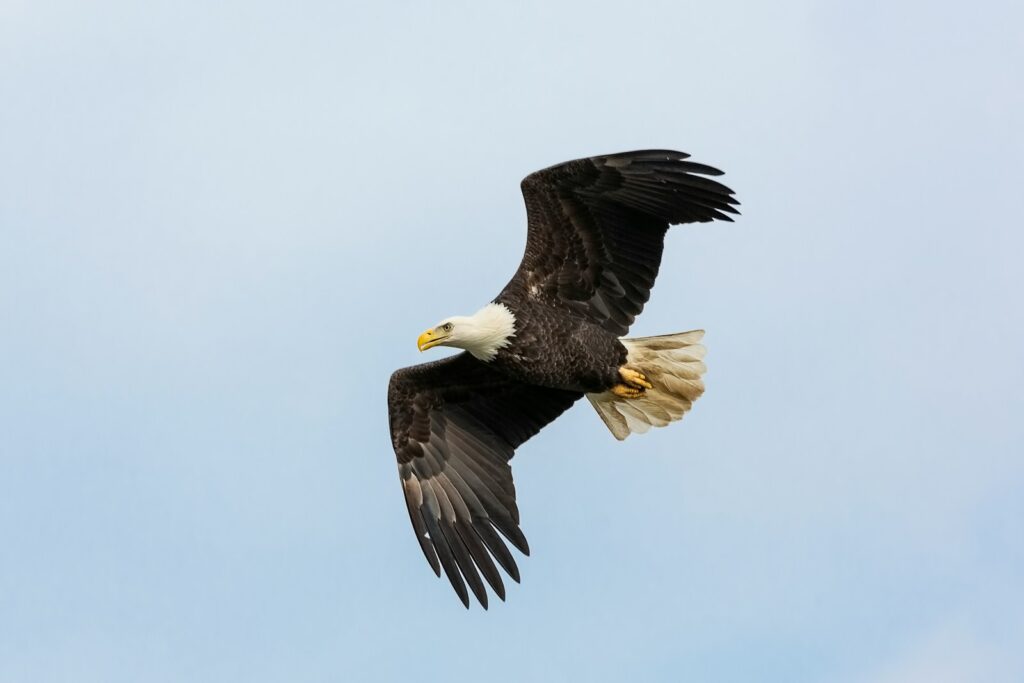
Today, bald eagles have reoccupied much of their historical range, with populations estimated to exceed 300,000 individuals continent-wide. They’ve adapted remarkably well to human-altered landscapes, with nests now found in suburban parks, along highways, and even in some urban areas with suitable water access. Despite this success, eagles still face significant challenges including habitat loss from coastal development, climate change impacts on fish populations, and poisoning from lead ammunition when they scavenge hunter-killed game.
Emerging threats include collisions with wind turbines and power lines as renewable energy infrastructure expands, as well as potential new contaminants in the environment. Conservation biologists continue monitoring these populations closely, recognizing that maintaining this conservation success requires ongoing vigilance and adaptable management strategies.
Lessons for Modern Conservation
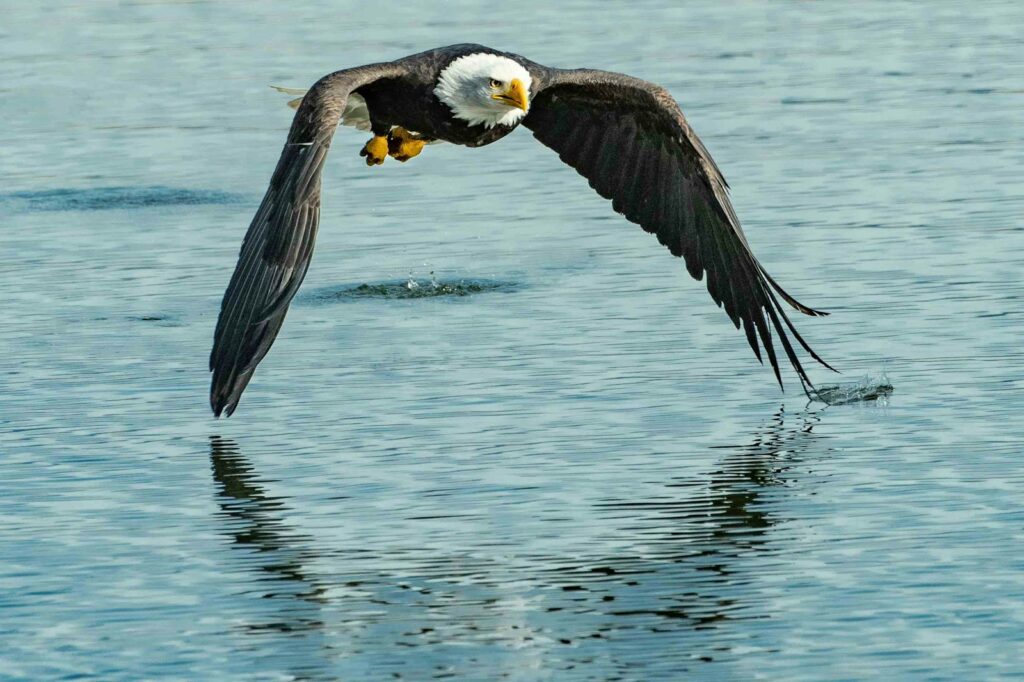
The bald eagle’s recovery offers valuable insights for addressing today’s biodiversity crisis facing numerous species worldwide. Perhaps most importantly, it demonstrates that even severely depleted species can recover when given adequate protection, habitat, and time—providing hope for other endangered species recovery efforts. The eagle’s comeback highlights the effectiveness of using multiple complementary approaches simultaneously: legal protections, pollution control, habitat conservation, captive breeding, and public engagement. The recovery timeline—spanning nearly 40 years from ESA listing to delisting—underscores the need for long-term commitment and patience in conservation work. Additionally, the eagle’s story illustrates how charismatic species can serve as conservation ambassadors, building public support for broader environmental protection measures that benefit countless less visible species sharing the same ecosystems.
The bald eagle’s journey from the brink of extinction to robust recovery stands as a powerful testament to what can be achieved when science, policy, and public engagement align toward a common conservation goal. While celebrating this success, we must remember that it didn’t happen by accident—it required unprecedented cooperation between government agencies, conservation organizations, scientists, landowners, and ordinary citizens. The eagles soaring over American waterways today represent not just a biological achievement but a cultural one: a society choosing to take responsibility for protecting its natural heritage. As we face growing environmental challenges in the 21st century, the bald eagle’s comeback reminds us that with sufficient commitment, knowledge, and resources, we can reverse even the most dire conservation crises and ensure that future generations inherit a world still graced by the presence of these magnificent birds.

